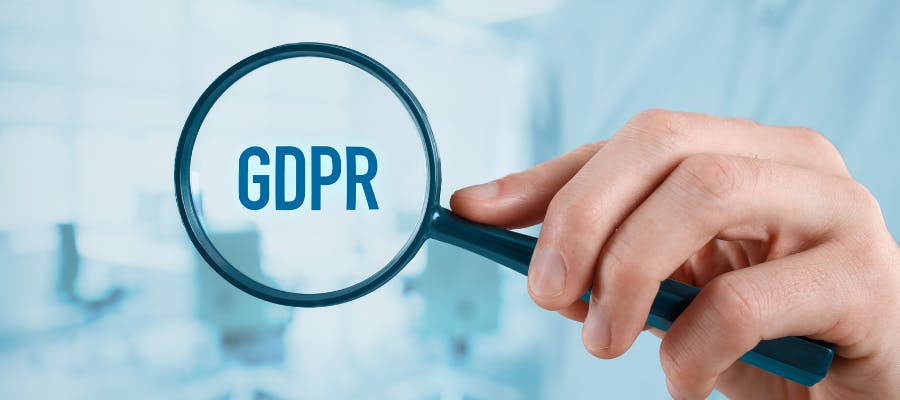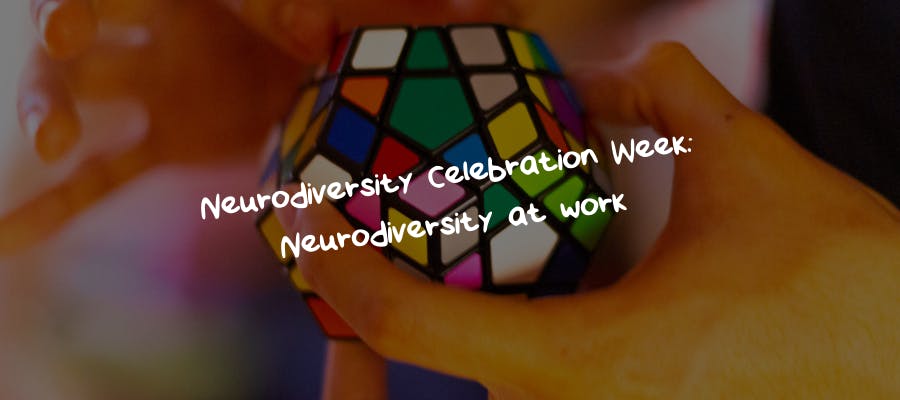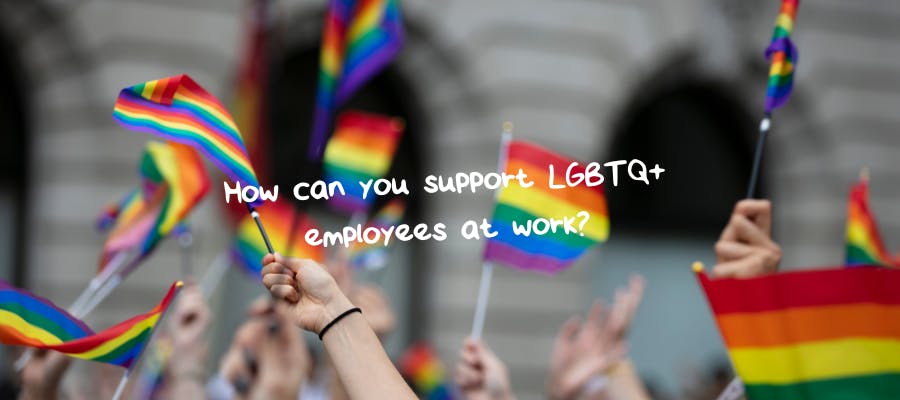First published on Tuesday, March 7, 2023
Last updated on Wednesday, March 8, 2023
This International Women’s Day, find out the crucial difference between equality and equity so you can benefit from better workplace culture, retention and performance.
International Women’s Day happens every 8th of March - and celebrates the achievements of women socially, politically, and culturally, and raises valuable awareness for greater gender equality.
The theme for 2023 is #EmbraceEquity. So, what exactly is the difference between equality and equity?
Well, BrightHR is here to clear up the differences and to tell you why you need to embrace both if you want to improve culture, retention, and performance in your workplace.
Equality vs equity
- Equality is defined as giving everyone the same status, rights, and opportunities. This means giving all genders an equal chance and opportunity for success in the workplace.
- Similarly, equity is defined as the quality of being fair. But it’s more about recognising that someone’s circumstances or gender can put them at a disadvantage, which equal treatment can’t fix on its own.
For the visual learners out there, here’s an analogy to help…
If two people are on the starting line ready to race each other but one person is allowed to start metres ahead of the other—that person will most likely win the race. And even if both runners are allowed to set off at exactly the same time and given equal treatment during the race, one person already has an automatic unfair advantage over the other.
So, to achieve equity you need to make sure you give the person with the unfair disadvantage a boost so that both people start on the same starting line and have an equal chance of winning.
In the workplace, this could mean giving employees with potentially ‘automatically unfair disadvantages’ like gender or other protected characteristics additional support to reach their goals. Examples of extra support could be things as simple as more training or more regular 1:1s.
So, achieving equality in the workplace means you need to recognise not everyone starts off on an equal footing. And embracing equity means giving everybody a fair starting point for success.
In the words of Jenny Marsden, BrightHR’s Associate Director of Service in the UK: “Equity is giving everybody a fair chance of progression—it’s giving everyone a feeling of being involved in decision making and having open channels of communication.”
Learn more about International Women’s Day and why equality vs equity is this year’s theme.
Embracing equity in practice
So, now that we understand the differences. What does #EmbraceEquity mean to other female leaders at BrightHR? And how can you support women in your workplace this IWD?
Jess van der Walt, Head of Operations at BrightHR ANZ says that a big part of embracing equity is “recognising your own biases and challenging yourself to think differently.” On why this is so important for businesses, she says: “Embracing equity leads to ideas, solutions and partnerships that deliver better results for the organisation as well as their people.”
We couldn’t have said it better ourselves. And bias can unfortunately be a reflex we aren’t always self-aware about. So, if you want to rid your company of bias, improve your relationship with your staff, and see better business results—start with listening to what your employees have to say.
Watch BrightHR’s short video below to hear more of our employees talk about what #EmbraceEquity means to them:
Awareness, listening, meritocracy and diverse representation—these were all mentioned by our employees as ways to achieve equity and improve gender equality. But what challenges still stand in the way of women achieving their goals?
Disadvantages women face in the workplace
Businesses, leaders, managers and even your more junior employees can become blind to the societal disadvantages women face day to day.
One big inequality women still face at work is the gender pay gap. Did you know the average woman works the first 54 days of the year for free?(1) And because this huge gap still exists, government guidelines and legislation continue to put laws in place to crack down on unequal pay. As an employer, it’s important you make sure you’re up to date with the latest advice.
But beyond making sure you’re following guidelines, how does the gender pay gap impact your business? Well…if you don’t have the right policies and procedures to support all your staff—no matter their gender—your staff will disengage. And disengaged staff will affect your team and your performance.
Holly Christie, Onboarding Account Manager at BrightHR, Ireland spoke to us about her past experiences with gender in the workplace. Working in software and sales she said when she first started her career the environment was largely male. But that attitudes are changing and hiring more women who are “incredible at what they do” is flipping the script that you don’t need to be male to be successful in sales. In her previous experience, she says: “Unfortunately alongside many other highly qualified and motivated women, I’ve been driven out of companies that don’t offer progression opportunities to their female employees.” Luckily Holly says she now feels like she’s in a position in her career where her gender would never be a barrier to her progression. But unfortunately, a lot of qualified women could still be being pushed out.
So, how can you better support women in your workplace?
To stop driving your talented employees out, it’s important to educate yourself and your staff on equality, diversity & inclusion so you can support everyone at work equally. BrightHR E-Learning is a free tool you can use to educate and upskill your staff. Try our free e-learning course on diversity & inclusion.
And to help you #EmbraceEquity in your workplace this International Women’s Day and beyond, our HR experts have carefully crafted a FREE practical guide to equality and dealing with discrimination.
Inside we’ve covered a wide range of sensitive topics, including the importance of gender equality in the workplace and tips on how to promote and foster inclusion in your workplace.
A more equitable workplace starts today! Just click the banner below to download your FREE guide.
(1) Gender pay gap means women work for free for two months of the year – TUC | TUC






